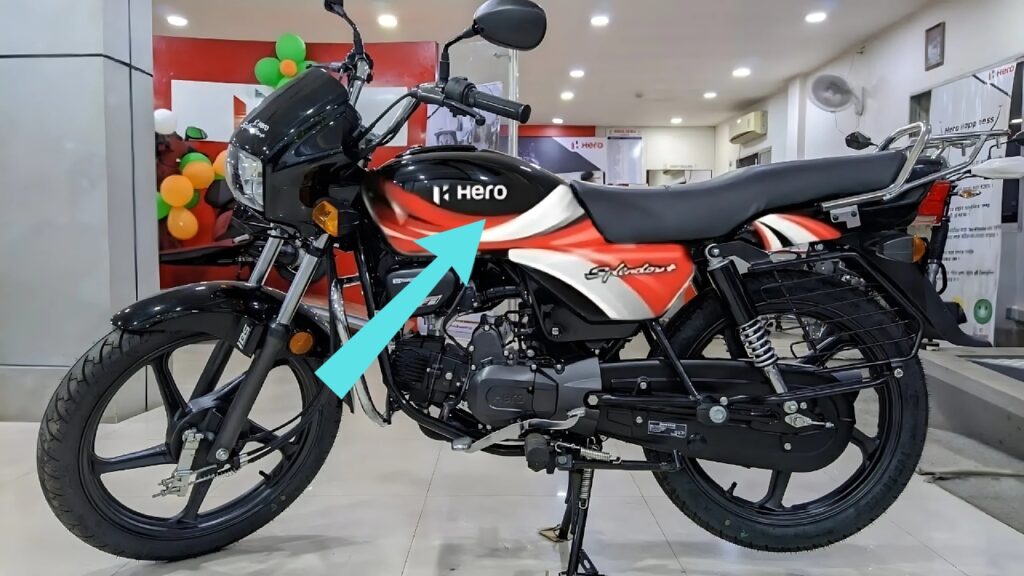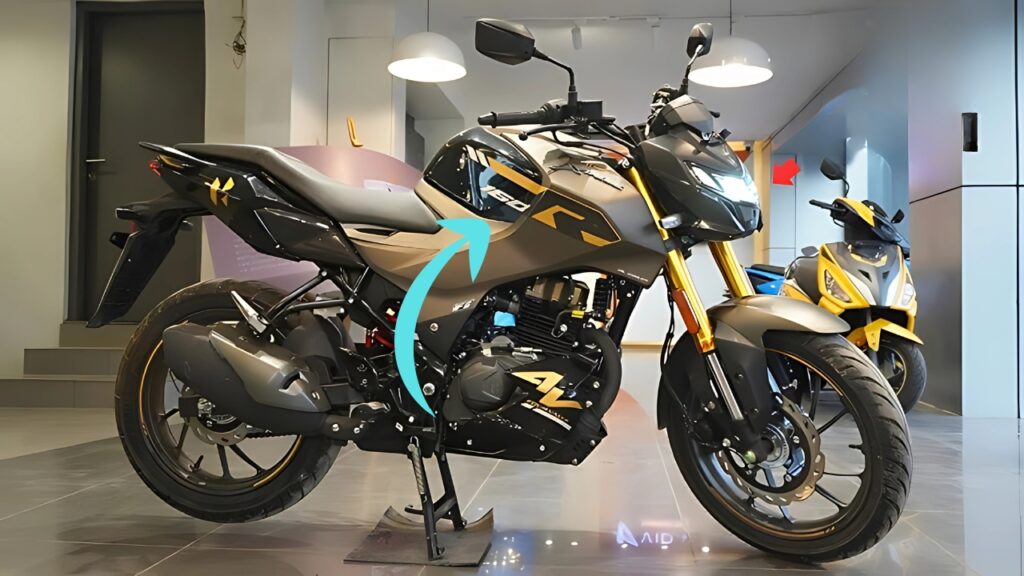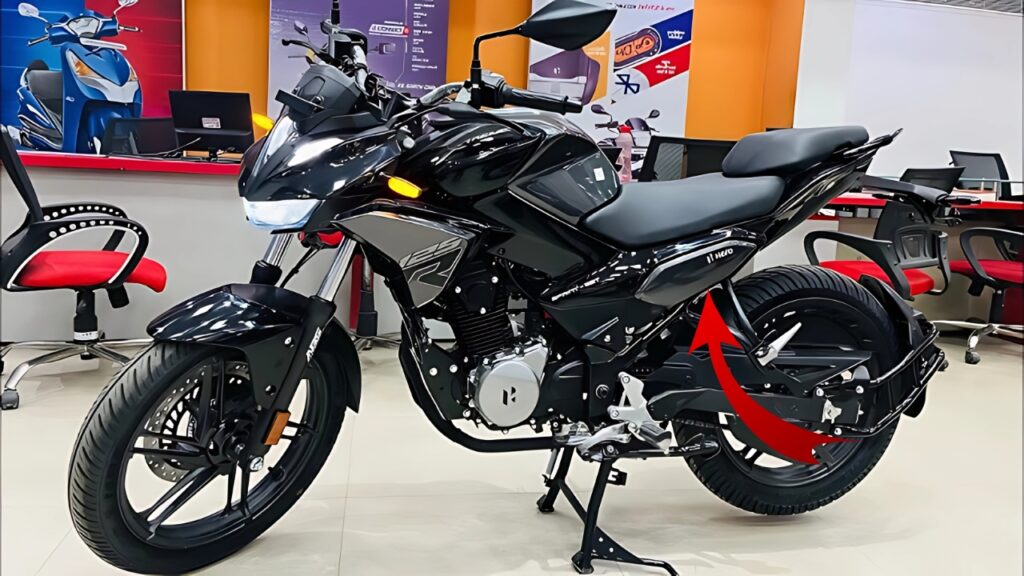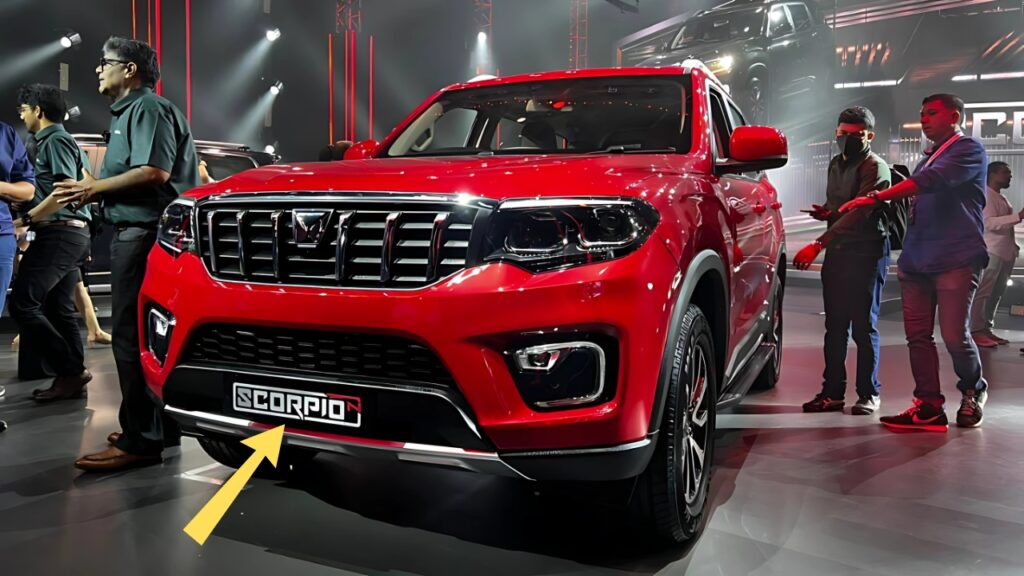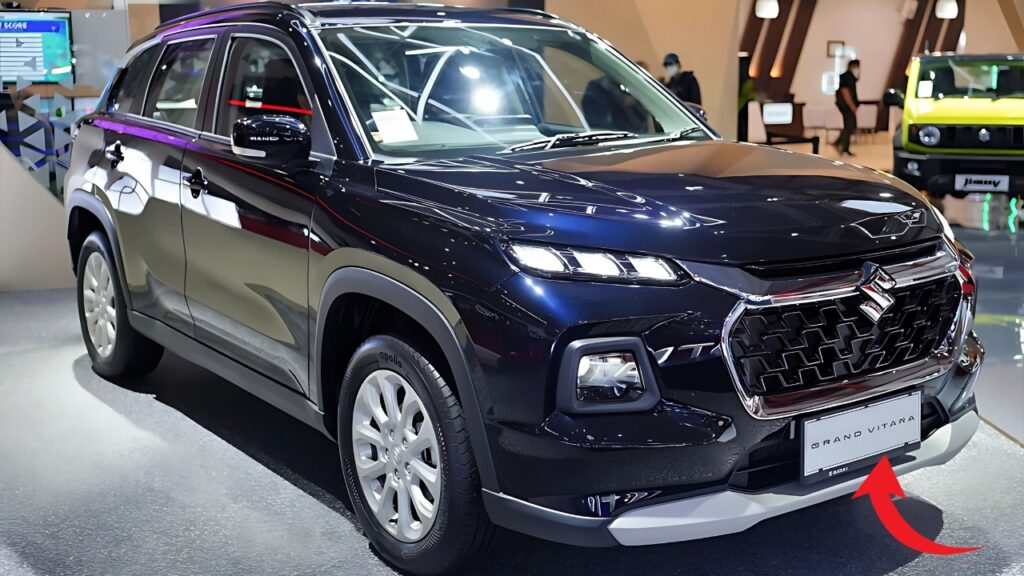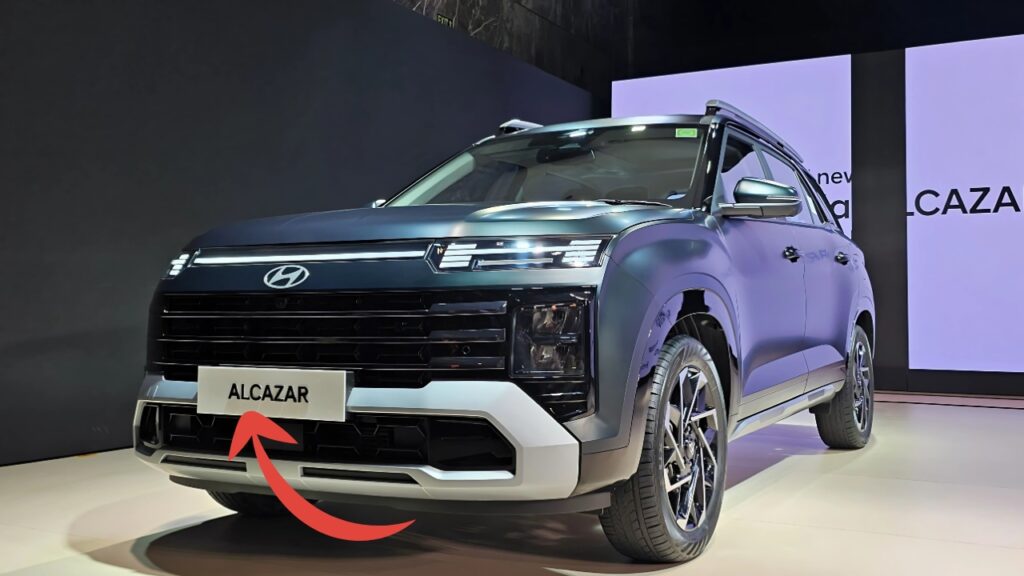Few vehicles have shaped India’s automotive landscape as profoundly as the Maruti Suzuki Alto 800.
This unpretentious hatchback has served as the first car for millions of Indian families, providing affordable mobility while creating a generation of loyal Maruti customers.
Despite facing increasing competition and evolving consumer preferences, the Alto 800 continues to hold its ground through a combination of affordability, reliability, and the country’s most extensive service network.
“The Alto isn’t just another car in our lineup—it’s an institution,” remarks Rajesh Sharma, a Maruti dealership owner in Lucknow with over two decades of experience.
“I’ve sold Altos to grandparents who now watch their grandchildren drive the current model. That kind of generational loyalty is impossible to manufacture through marketing alone.”
Table of Contents
Design: Familiar Simplicity

The Alto 800’s exterior design remains recognizably straightforward, prioritizing function over fashion.
The compact dimensions (3445mm length, 1490mm width, 1475mm height) make it ideally suited for navigating congested urban environments and fitting into tight parking spaces that would challenge larger vehicles.
Recent updates have added minor visual refreshes including redesigned headlamps, a revised grille, and body-colored bumpers on higher trims—small changes that modernize the appearance without compromising the car’s approachable character or budget-conscious engineering.
“We deliberately maintain design consistency with each iteration,” explains Sanjay Mehta, who has worked on the Alto’s development team for three generations.
“Our research shows that dramatic styling changes actually alienate our core customers, who value familiarity and proven reliability over trend-chasing aesthetics.”
This conservative approach extends to the color palette, which includes the expected whites and silvers alongside occasionally refreshed brighter options that appeal to younger buyers.
The current Solid Fire Red has proven particularly popular among first-time car buyers seeking to make a more personal statement.
Cabin: Honest Simplicity
Inside, the Alto 800 continues its straightforward approach with a cabin that prioritizes durability and space efficiency over luxury pretensions.
The dashboard layout remains intuitive and unintimidating for novice drivers, with clearly marked controls and minimal distractions.
Front passenger space proves surprisingly adequate for adults of average height, though the rear seats are best suited for shorter journeys or children.
The 177-liter boot capacity—while modest by contemporary standards—accommodates everyday shopping or a weekend trip’s luggage when carefully packed.
Vishnu Patel, a driving school operator who maintains a fleet of Altos, appreciates these qualities: “For teaching new drivers, the Alto is perfect.
The controls are lightweight and predictable, visibility is excellent, and the compact dimensions make parking maneuvers less intimidating. Many of my students eventually purchase their own Alto as their first car.”
Recent updates have introduced conveniences previously unavailable at this price point, including power windows, central locking, and a basic infotainment system with Bluetooth connectivity on higher trims.
These additions address evolving consumer expectations while maintaining the Alto’s fundamental affordability.
Performance: Efficient Adequacy
Under the hood, the Alto 800 continues with its namesake 796cc three-cylinder petrol engine producing 47 bhp and 69 Nm of torque.
These modest figures must be considered in context—the car’s approximately 755kg kerb weight means adequate performance for urban environments, where the Alto spends most of its operational life.
The engine comes paired with a five-speed manual transmission featuring reasonably precise shifts and a light clutch—characteristics particularly appreciated in stop-and-go traffic conditions.
The CNG variant, increasingly popular amid rising fuel prices, delivers substantially improved running costs at the expense of slightly reduced power (40 bhp) and boot space.
During testing through Delhi’s congested streets, the Alto demonstrated its natural habitat compatibility. The tight turning radius (4.6 meters) and responsive steering make navigating narrow lanes and executing U-turns remarkably straightforward.
Highway performance proves adequate when not fully loaded, maintaining 80-90 km/h comfortably though requiring planning for overtaking maneuvers.
Fuel efficiency remains the Alto’s compelling performance metric, with the petrol variant delivering 22.05 km/l under standardized testing conditions.
Real-world efficiency typically ranges from 16-18 km/l in city driving to 20-22 km/l on highways—figures that significantly impact ownership costs over the vehicle’s lifetime.
“For my daily 30-kilometer commute, I spend roughly half what my colleagues do on their premium hatchbacks,” notes Ananya Krishnan, an Alto owner from Pune.
“That monthly savings compounds significantly over years of ownership, especially considering the Alto’s minimal maintenance requirements.”
Safety: Gradual Improvements
Safety equipment has seen necessary upgrades to meet evolving regulations and consumer expectations.
All variants now include driver-side airbag, ABS with EBD, reverse parking sensors, and seat belt reminders as standard equipment, with passenger airbags available on higher trims.
The Alto’s structural design has been reinforced to better meet frontal and side impact requirements, though it still lacks the comprehensive safety features found in more expensive offerings.
This area represents the most evident compromise demanded by the Alto’s price positioning.
Maruti Suzuki Alto 800 new facelift
With prices ranging from ₹3.39 lakh to ₹5.03 lakh (ex-showroom) depending on variant and fuel type, the Alto 800 continues to serve as one of India’s most affordable four-wheeled transportation options. Its value proposition extends beyond the purchase price to include:
-
Industry-leading resale value retention
-
Low spare parts costs compared to competitors
-
Maruti’s unmatched service network reaching even remote areas
-
Class-leading fuel efficiency reducing running costs
-
Proven mechanical simplicity translating to fewer repairs
The Alto’s primary competitors include the Renault Kwid and Datsun redi-GO, both offering more contemporary styling and features at slightly higher price points.
However, neither has managed to dislodge the Alto from its market leadership position, highlighting the continued importance of Maruti’s established reputation and service infrastructure.
“Customers in this segment are making a crucial financial decision—often their first major purchase,” observes automotive analyst Priya Sharma.
“The Alto’s greatest strength isn’t any single feature but rather its holistic ownership experience and proven record of reliability that makes the investment feel secure rather than speculative.”
For millions of Indian families taking their first step into car ownership, that security continues to make the humble Alto 800 a compelling choice despite its evident limitations and increasingly sophisticated competition.
